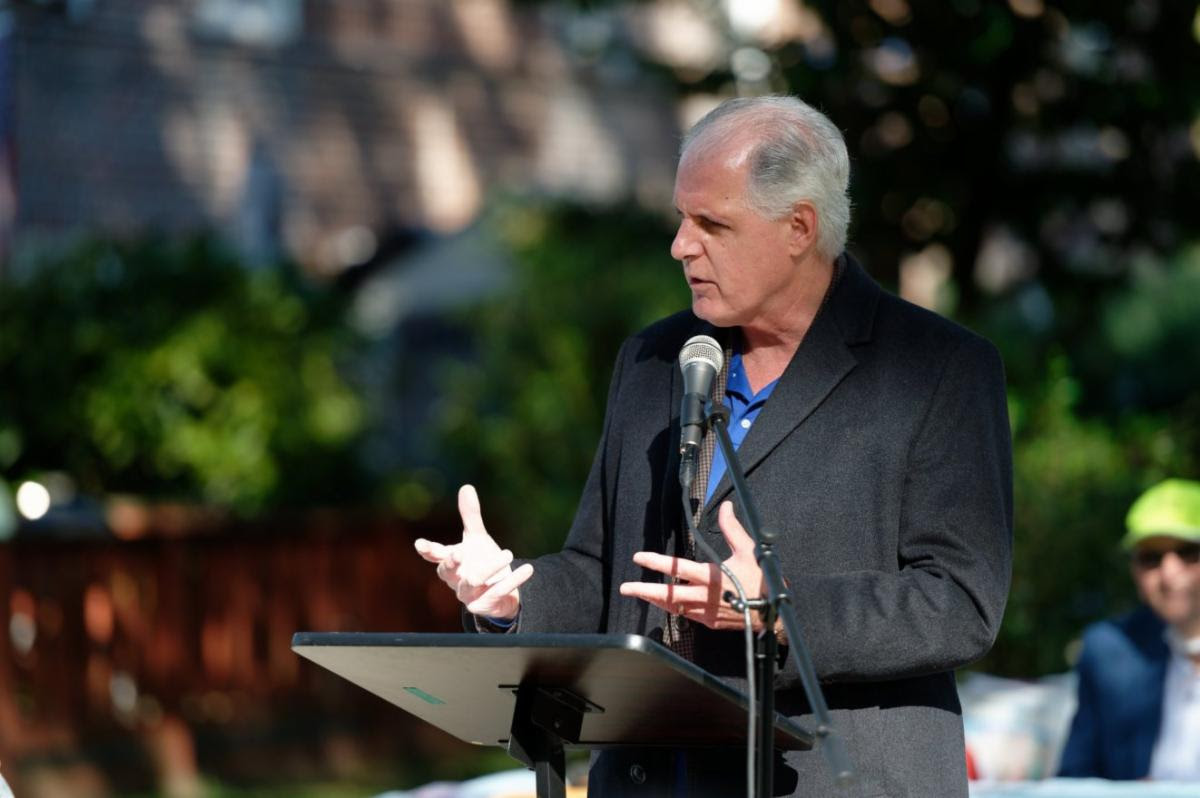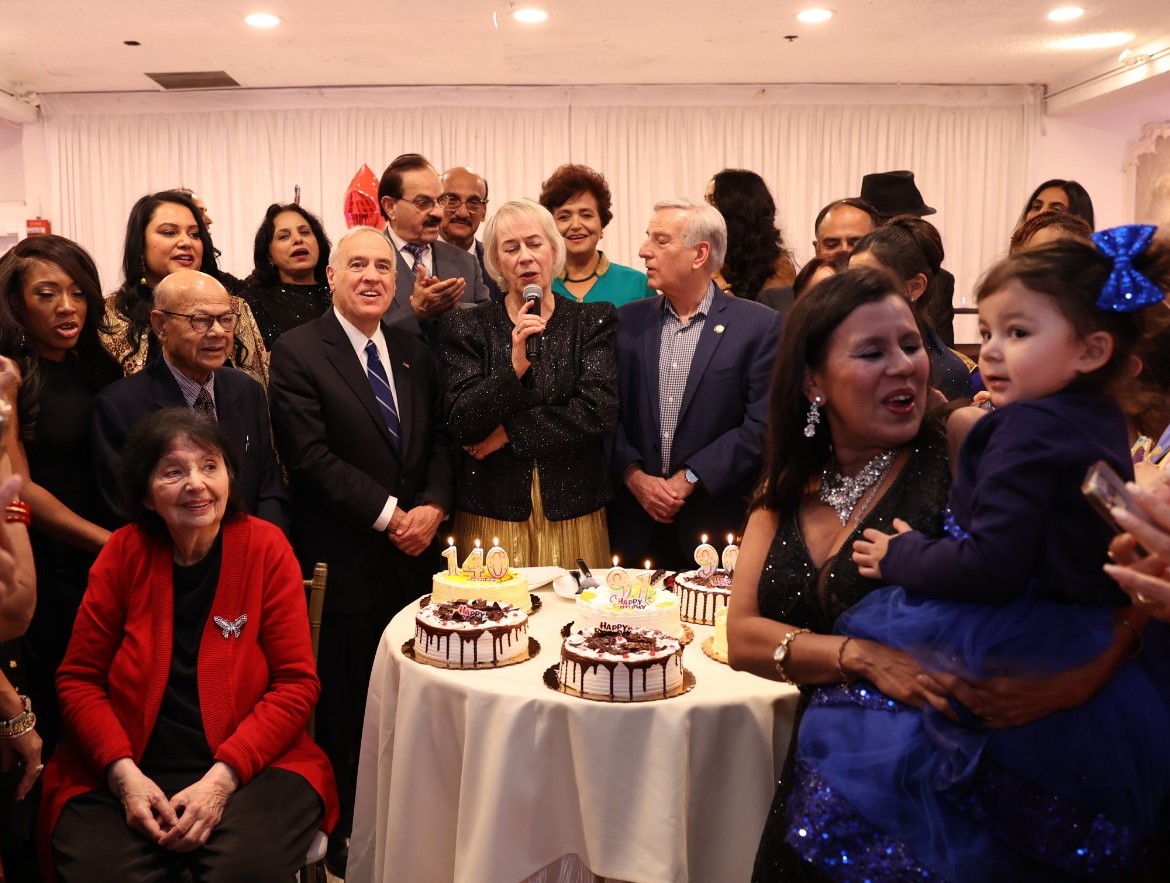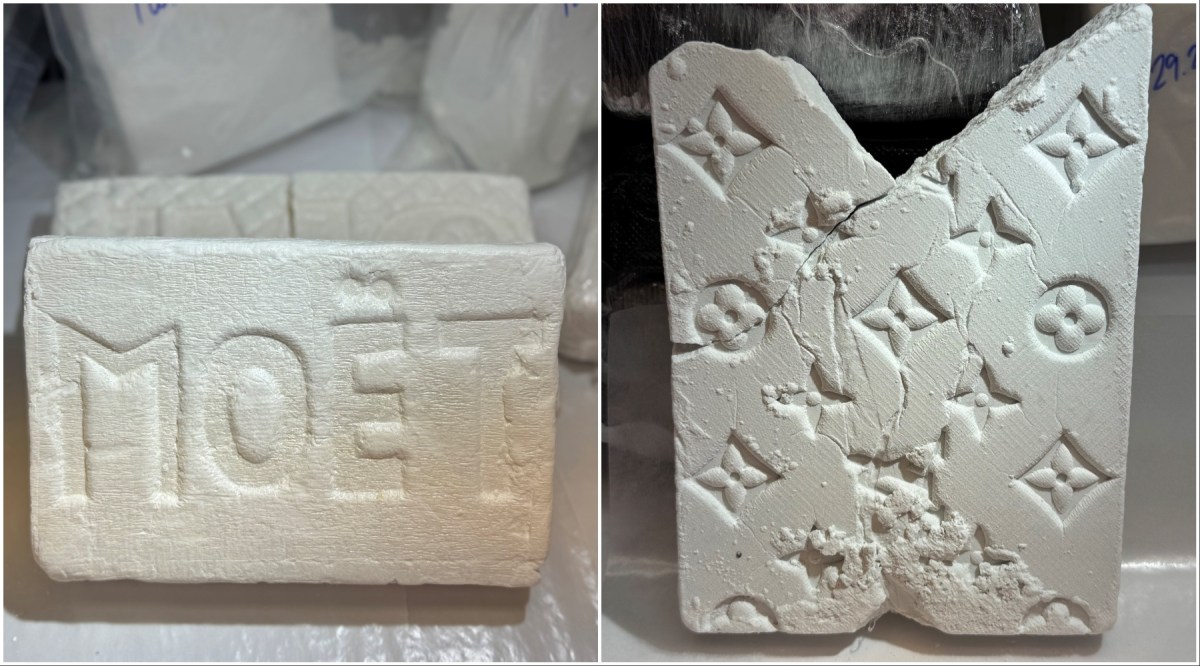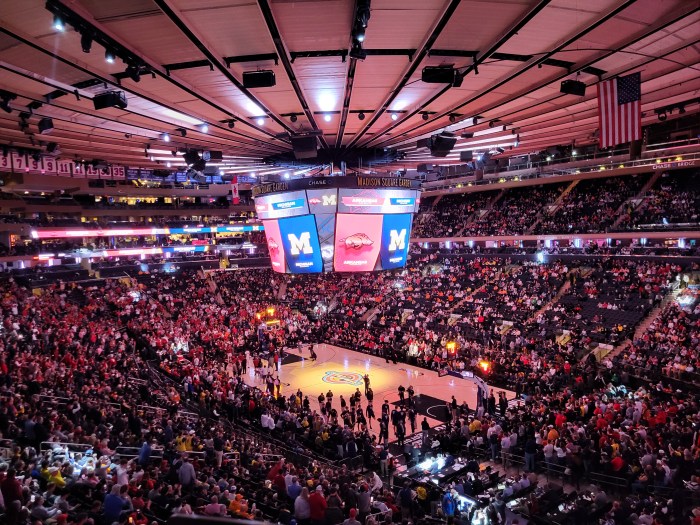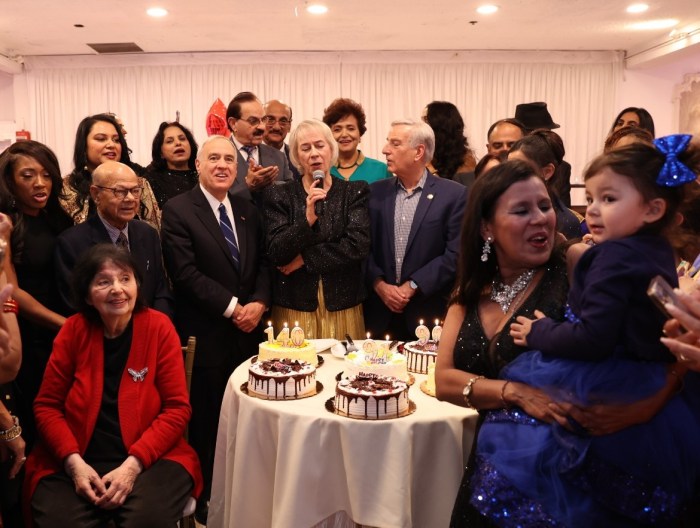
The treasures of the Metropolitan Museum of Art include the Temple of Dendur and Édouard Manet’s paintings, but also, certainly, its tradition of free admission.
That may change for out of state visitors, the Times reported last week. Facing a $15 million budget deficit, the museum is looking for new sources of funding beyond its current mix of pay-as-you-can admission backed by government and philanthropic funds.
The museum is trying to dig itself out of a hole after the February resignation of its director, who oversaw ambitious attempts at expansion that didn’t go exactly as planned. But it’s not the first time the museum has tweaked its entrance formula to fill its financial gaps.
Free for all…ish
The 19th century state laws that provided a lease and early funding for the museum also stipulated that it should be “kept open and accessible to the public hereafter free of charge throughout the year.”
But admission was still charged for one or more days of the week up until 1940, when it was abolished, according to news accounts. Why? Amid World War II, the museum’s president George Blumenthal said: “In times of world crisis such as we are going through at present, the museum must take its part in the general mobilization of the mind, without which our democratic culture cannot survive.”
This noble sentiment ran aground during lean times for NYC. In 1970, facing a $1.5 million operating deficit for 1971, the museum started its long-running suggested fee after negotiations with the city. Museum director Thomas Hoving offered the practice as an alternative to what he called the “elitist step” of charging a fee. “Of course, we will hint strongly that $1 would be very nice,” he added, according to news accounts at the time.
The faux-price got higher as the museum continued hitting financial difficulties, and the hint got more and more stern — so much so that the museum has faced lawsuits in recent years about its tricky marketing surrounding the “recommended” or “suggested” $25 admission.
The trick works, of course, for those out-of-towners who naively hand over their credit cards rather than a bill or two. Sixty-three percent of museum goers are non-New Yorkers. But apparently even that windfall isn’t enough to keep the institution afloat.
The museum has been understandably on the defensive since the Times broke the story of potential admission changes, despite Mayor Bill de Blasio’s apparent gung-ho encouragement last week: saying he didn’t mind if non-residents paid a little more, he added “I’m a big fan of Russian oligarchs paying more to get into the Met.”
“The Met and the City are partners, and always in conversation on how The Met can continue to thrive and best serve all of New York City and beyond. While we have started preliminary discussions about our admissions policies, we have not submitted an official, detailed request,” said spokesman Ken Weine in a guarded statement.
Clearly the change would be unpopular to the non-New Yorkers in the know who stand to see themselves gouged to visit the public museum. But it’s also a question of the principle of public art: the democratic ideal that the previous Met director lauded in 1940. One would think de Blasio too would want the museum’s public good to be shared (and thus defended) by the most people if at all possible, which is the principle also undergirding his Pre-K for All initiative.
How do you keep the museum going?
“This art belongs to more than just the state,” observed Shawn McDonald, 40, an arts administrator from Michigan who had just finished touring the museum last week. He said he paid the full $25 because he could. His friend, a New Yorker, whispered, “I paid three.”
Some New Yorkers lamented the potential change on behalf of visitors, a benefit that we extend to them that stands as a marker of the city’s strength and beliefs. Ayesha Azarcon, 25, recalled going to the museum on frequent high school trips, the teacher passing out a penny to each student to pay their way. That fed an interest in the museum that keeps her coming back today.
Susan Ellis, 55, a nurse from Westchester, said an admission increase wasn’t really “fair,” but then recalled her years living in Hawaii where she benefited from the “kama’aina” rates for locals which meant discounts on nearly everything. Even food cost more for visitors. Hey, they’re not paying the taxes!
Given the utility of the arts and also the museum’s typical financial difficulties, maybe it wouldn’t be so bad if New York created a kama’aina rate of its own for the museum. “You’ve got to keep it going,” Ellis said.












